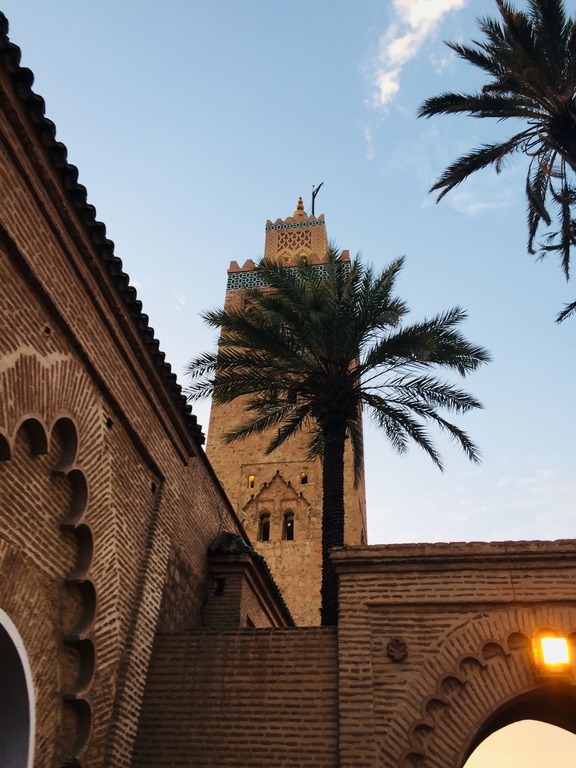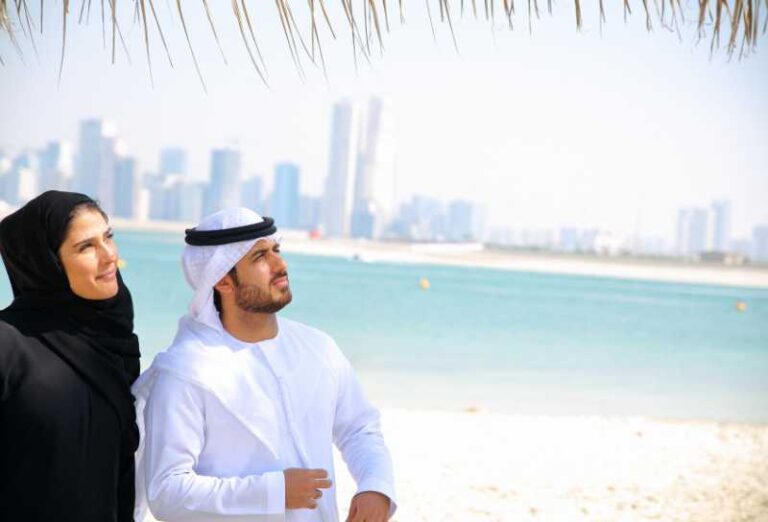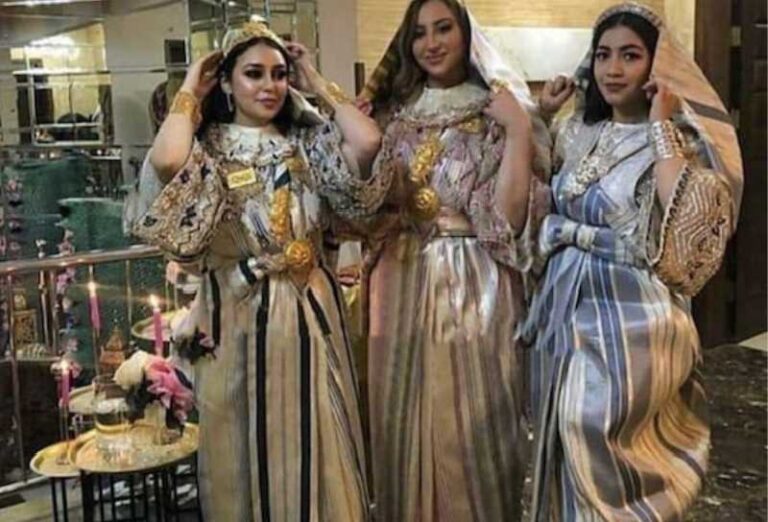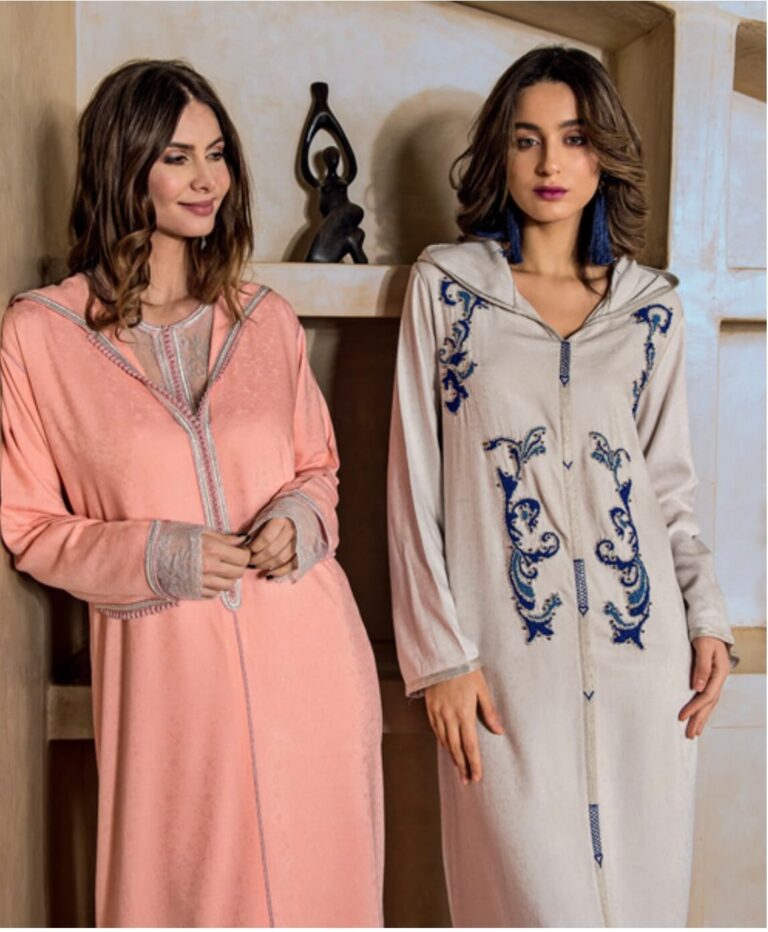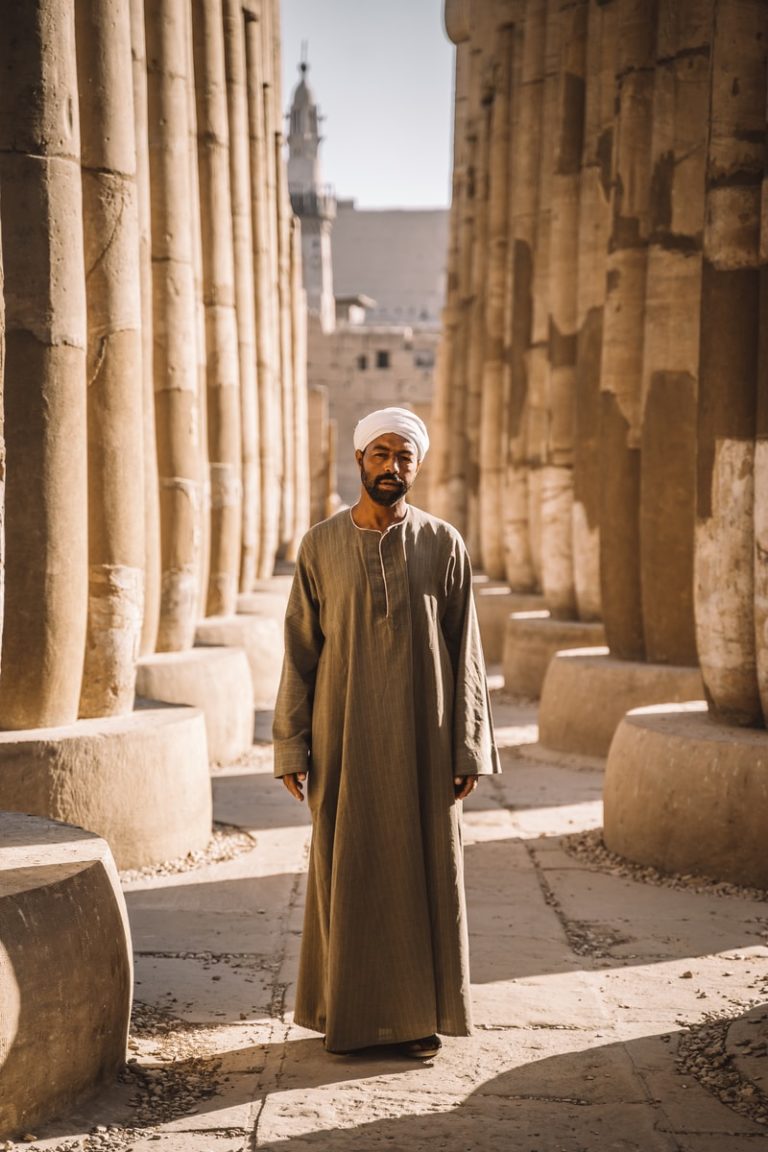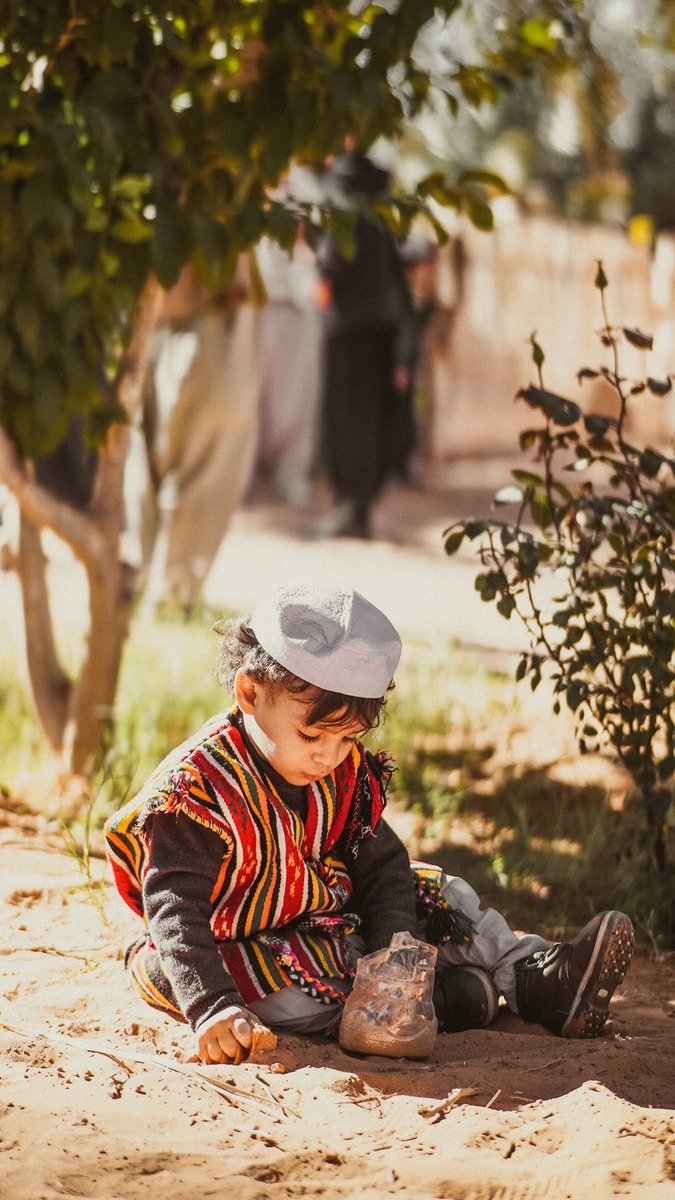Tunisia: Traditional Clothing
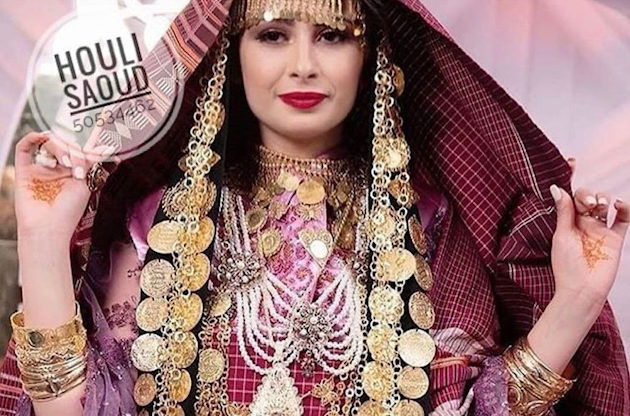
Any fashion lover would attest that the clothes we wear are a close representation of who we are as people.
The outfits you pick can make a strong statement in portraying your character.
In countries like Tunisia, they allow you to proudly exhibit your family history and tunisian cultural heritage.
From Jebbas and Barnous to Keswa Tounsi and Kaftan, Tunisian fashion is a one-of-a-kind art declaration of creativity and originality of Tunisian culture
Read along to learn more about this distinct, inspiring, and fascinating facet of Tunisian culture.
Table of Contents
Jebba
One of the most popular traditional pieces of clothing in Tunisia is the Jebba.
This exclusively male attire is a sleeveless tunic that covers the entire body, except the forearms and lower calf area. In rural areas,
the Jebba is still worn both as a casual and ceremonial garment.
It’s usually paired with a plain shirt and baggy trousers underneath. Nowadays, there is no shortage of fabrics and textiles in wide arrays of colors, patterns, and composition.
However, in the past, the traditional Jebba came in two main colors and textures: white silk in summer and grey wool in winter.
Barnous
The Barnous is a complementary piece worn over the Jebba and other garments.
This is more popular during the winter season since it’s a long and heavy woolen coat that often features a large hood.
This traditional garb is very similar to a loose yet cozy poncho considering it has no sleeves.
The northern version of the barnous is known as Kachabiya, which showcases some of the distinctive features of Tunisian fashion: the architectural stripes.
Kachabiyas are practically made from the same materials but they differ from the Barnous by their brown and white stripes.
Blouza and Fouta
If you’ve ever had a chance to attend a traditional Tunisian wedding, the bride’s dress would have definitely caught your attention.
The Blouza and Fouta are somewhat a more moderate version of a Tunisian wedding dress.
These two pieces are made from the same fabric since they’re part of the same outfit.
The brightly colored ones invoke subtle touches of Middle Eastern as well as South Asian influences.
From the structure of the dress (being a two-piece) to the intricate embroidery and glimmering beading. The Blouza is the upper garment that’s built to mimic a bustier.
While the Fouta consists of either a wrap-around skirt or very baggy trousers that cover the body from the waist to the ankles.
The casual versions of Blouza and Fouta are made from cotton or linen.
While the wedding version, called Keswa Tounsi, showcases silk or velvet garments with distinctive silver and gold stitching embellished with rhinestones and crystal beads.
Tunisian Kaftan
While the Kaftan is not of Tunisian provenance, it’s still a prominent garment in Tunisian culture.
This unique form of dress has been around for thousands of years in a multitude of variations.
It’s said to have originated in Asia, but it’s been found in ancient Mesopotamia, Russia, the Middle East, and most noticeably in North Africa.
In ancient cultures, the Kaftan has always been worn as a coat or overdress featuring a very extrusive structure. Usually consisting of long sleeves, elaborate embroidery, and an imposing sash.
This tunic can be made from a variety of textiles, whether it’s crushed velvet, cashmere, silk, wool, or cotton.
Although the Moroccan and Algerian Kaftans tend to take all the spotlight in this department, the Tunisian version of this piece was only worn by the brides of the wealthy aristocracy, up until the 19th century.
Tunisian Kaftans are cut in velvet, silk, or brocade, divinely embroidered in gold, and beautifully adorned with precious stones.
Nowadays, some Sousse and Hammamet tribes still wear a Kaftan for their wedding dress. However, these come in elbow-length sleeves, an open front, and lengths fluctuating between the mid-calves and the knees.
The unique attributes of the Tunisian Kaftan tend to highlight the rich embroidery, the beading, and the fabric more than the actual design and structure of the dress.
Kontra and Balgha
The Kontra or Balgha is the traditional leather shoe that is worn on religious holidays or special occasions. You can find some version of it in almost every North African country.
These traditional leather slippers have originated in ancient Asia and most notably the Chinese civilization.
You can see both men and women of Tunisia from all social classes and backgrounds sporting this heelless pair of shoes to complement their Jebba or Kaftan.
The Tunisian Balgha has flattened toe ends and comes in a variety of designs. If you ever find yourself scouring the souks of Tunisia, it’s worth looking out for a traditional Balgha to don when you’re going for a more laid back look.
These slippers also make the perfect gift since they’re affordable and very convenient to transport.
While modern influences have affected how people dress nowadays, you can still find Tunisians in the south of the country who have retained the traditional Balgha as their go-to footwear of choice.
The Balghas worn in the north are more richly decorated with refined stitching and sophisticated embroidery.
Farmla
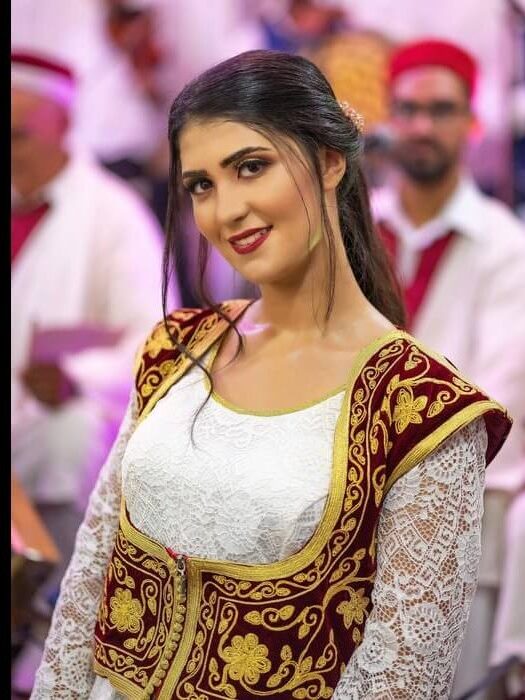
The Farmla can be worn as a statement piece to break boundaries and brighten up a more modern outfit.
With that said, the more traditional attire consists of showcasing the great detail of the Farmla worn on top of the neutral Jebba.
This is a vest that is beautifully embellished with thick gold braids and exquisite embroidery.
It’s usually made from a thick velvet, whether in black, forest green, or vibrant ruby red. These colors are what make the golden design elements stand out the most.
The Farmla is generally worn wide open, but it does have golden buttons and buttonholes that use the same complex and intricate braiding as the vest.
The style of these buttons can be found in many traditional North African attire.
In addition to that, many worldly renowned couturiers and fashion designers have taken the fundamental structure of the Farmla and transformed it into a more contemporary yet equally exceptional garment to exhibit in their fashion shows.
Sadria
The Tunisian Sadria is very similar to the Farmla, except it’s a more casual/ informal version of this vest. However, unlike the Farmla, the Sadria has no front, nor back openings.
It consists of three holes, leaving enough space for the person to get their head and arms through.
The Sadria can also be worn with the Jebba and traditional trousers for a more relaxed everyday outfit.
The Sadria is meant to be well-fitted to suit the body like a corset (though less flustering).
Sarouel
The term Sarouel translates as “pants”. And as the name indicates, the traditional Tunisian Sarouel is a pair of baggy trousers. These pants are usually designed to accompany a Jebba or a Sadria.
The Sarouel is usually decorated with sewn patterns and ornamented by accessory pockets at the very bottom. Men will also wear a silk or leather belt to keep the Sarouel secure around the waist
Safsari
The Safsari is a large piece of fabric that looks like a scarf and is usually made from white or yellow silk. This garment has been worn by women for so long during the extensive history of Tunisia.
The Safsari is meant to cover half the face and the entirety of the body.
Although “archaic”, it’s still worn by a lot of Tunisian women in rural areas and small towns.
If you go to Tunis Medina, you can find women wearing Safsari. And while they don’t cover their faces anymore, they still wrap that part around their heads for convenience and comfort.

